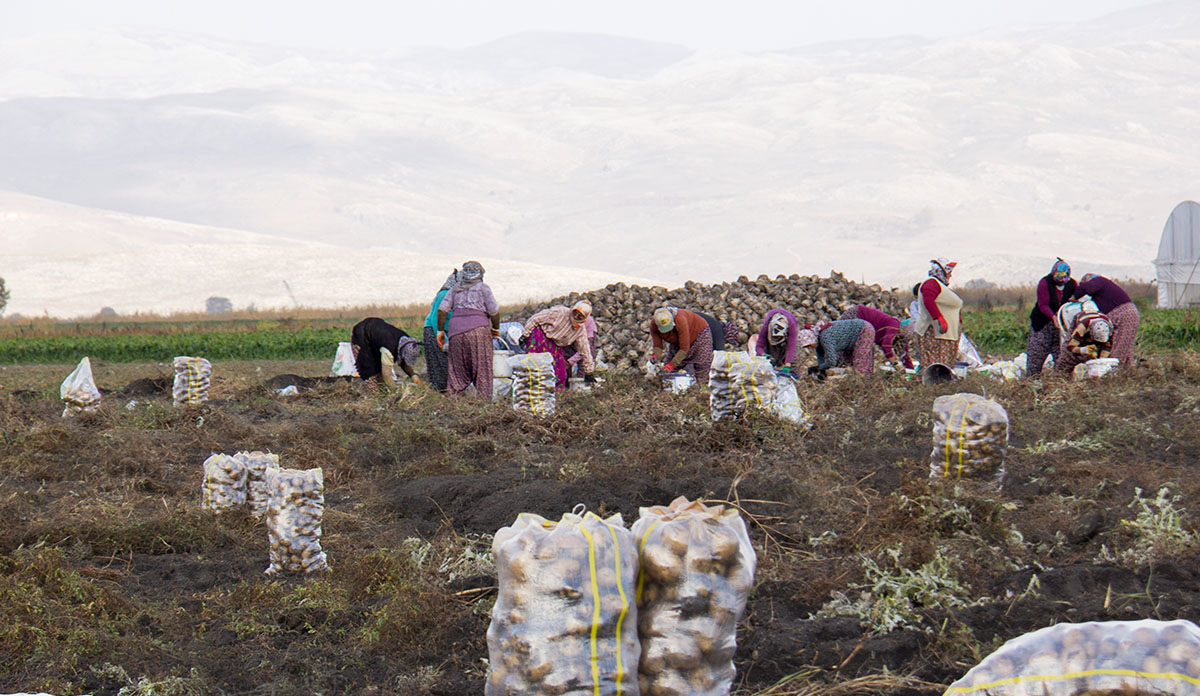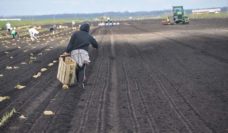Throughout the pandemic, communal living spaces run by government agencies have had some of the highest rates of Covid-19 transmission. Data pulled from the Oregon Health Authority shows the top five Covid-19 outbreaks in the state for the first week of May 2020 occurred in correctional facilities and on farms.
Every year the United States invites more than 200,000 temporary agricultural workers to help with harvests. Farm workers on H-2A visas often live in group housing, crowded into small rooms with insufficient sanitation facilities. H-2A workers have heightened vulnerability to environmental exposures due to these conditions. Lacking control over their housing and isolated from the communities they work in, workers are reluctant to seek medical care.
A recent article by Emma K. Accorsi and colleagues reviewed Covid-19 precautions implemented by the Oregon State Occupational Health and Safety Administration (OSHA) in labor housing facilities. The state’s 330 housing units host up to 10,000 temporary agricultural workers.
At the start of the Covid-19 pandemic, Oregon OSHA refused to alter labor housing guidelines to reduce the transmission of Covid-19. Four months later, temporary guidelines went into place, reducing field wash and bathroom station ratios by 50%. Still, during the work day the closest bathroom could be up to a quarter mile away. The square footage requirements in labor housing remained the same: 40 square feet per person. Although the guidelines required six feet between beds or a non-permeable barrier, this separation was not sufficient to prevent infection for long-term indoor exposure. A study through MIT noted that the six-foot rule would fail after 3 minutes in a nursing home with normal ventilation, 3-person occupancy, and 80 square feet per person.
A study through MIT noted that the six-foot rule would fail after 3 minutes in a nursing home with normal ventilation, 3-person occupancy, and 80 square feet per person.
Covid-19 rapidly spread through Oregon’s fruit workers due to the hesitancy of farms and Oregon OSHA to reduce occupancy density, increase ventilation, and provide Covid-19 testing. One farm reported two outbreaks in a single month associated with seasonal workers. This pattern has been repeated around the country for workers on H-2A visas.
In 2017, H2-A workers successfully protested for better working conditions in Washington State. Working with advocacy groups and legal representation, they were able to get compensation for their work contracts ending before the season was over. Protests also aided in the creation of the Office of Agricultural and Seasonal Workforce Services for increased oversight on H2-A worker conditions. The situation in Washington State highlights that better working conditions are not just necessary for safety during Covid-19. Permanent changes in living conditions for H2-A workers would have a positive impact on migrant workers’ health in the post-Covid-19 era.
Farms, however, are not happy with the change in regulations. Oregon has extended temporary housing regulations through at least April 30, 2021. The Oregon Farm Bureau petitioned against the extension of increased regulations. The guidelines reduce the number of workers farms are capable of hosting and are expensive to implement. They argue that by forcing some workers off-farm to find housing, they are reducing worker autonomy and safety. Moving forward will require finding a balance between workers’ safety and Covid-19 protection and farm demands. Lives remain at risk.
Photo via Getty Images














